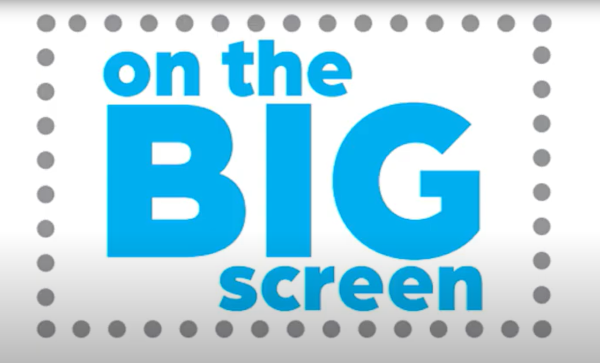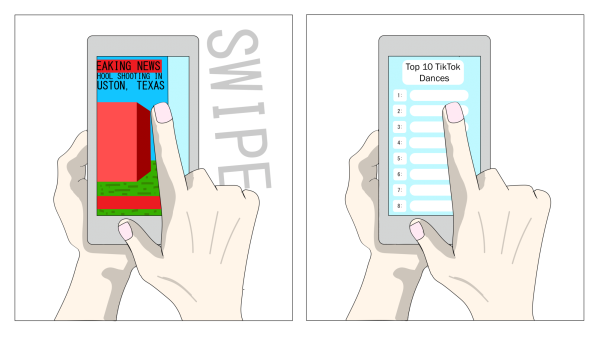SAT undergoes drastic improvements

photo by CollegeBoard
Legs bobbing anxiously up and down, fingers tapping on desks and pencils scratching across papers; the Scholastic Assessment Test may have undergone changes, but the stress stays the same.
The SAT, a standardized test commonly used in college applications and an essential hurdle of high school, is finally undergoing much needed changes to bring it up to appropriate standards and is set to be released in March 2016.
Big changes include no penalty for incorrect answers and the return to a 1600-point scale.
Breaking down the test, there are adjustments made as well. The original Reading and Writing sections were combined and renamed as Evidenced-Based Writing and Reading. Within the one section, it was split into two subcategories: the Reading Test and the Writing and Language Test.
In the Reading Test section, traditionally devoted to multiple choice questions, the rarely used vocabulary that SAT tests are well known for was switched with words commonly used in college courses to guide students when preparing for higher education. The test will also be incorporating more passages and informational graphics, like tables and charts. Also, in another attempt to promote skills students will need for college, there will be a bigger presence of passages from a variety of subjects.
The constant theme that can be noticed with the new SAT is that it is aimed more toward college. This was put in place to help align the test with college standards was a smart makes sense considering that those taking the test are using their scores to gain entrance and boost their application.
The Writing and Language Test section is more commonly known for the section its section where students search for and edit mistakes. This section continues upon the theme of improving skills needed for succeeding past high school. This is where the changes no longer including ridiculous vocabulary are especially prominent.
The previously mandatory essay is now optional and will no longer have prompts asking for responses on the writer’s experiences or opinions. This means that students will not be asked to come up with elaborate, fictional stories in order to earn passing scores. Rather, students will be provided a document and will have to analyze it and draft a response on specific techniques utilized within the text.
In addition, the Mathematics section is also adapted to focus on more realistic topics that students are educated on in high school, or will need to know to be prepared for college. Instead of being allowed a calculator during the whole test, only certain sections are approved, which means no more short cuts on TI-84’s.
Along with the updated SAT, the PSAT will be reflecting the changes in the upcoming testing in October of this year.
Overall, the improvements being implemented are helping the SAT to more closely reflect skills students learn in high school. Despite the stress the SAT test can cause, its necessity for colleges is irrefutable and a necessary evil for colleges to accurately accept students.
Having a standardized test that does not deviate from the different places it is taken allows colleges to gain a more accurate view of prospective students. The SAT, while not entirely loved, is an important, if not appreciated, part of high school.
Your donation will support the student journalists of Hagerty High School. We are an ad-free publication, and your contribution helps us publish six issues of the BluePrint and cover our annual website hosting costs. Thank you so much!






